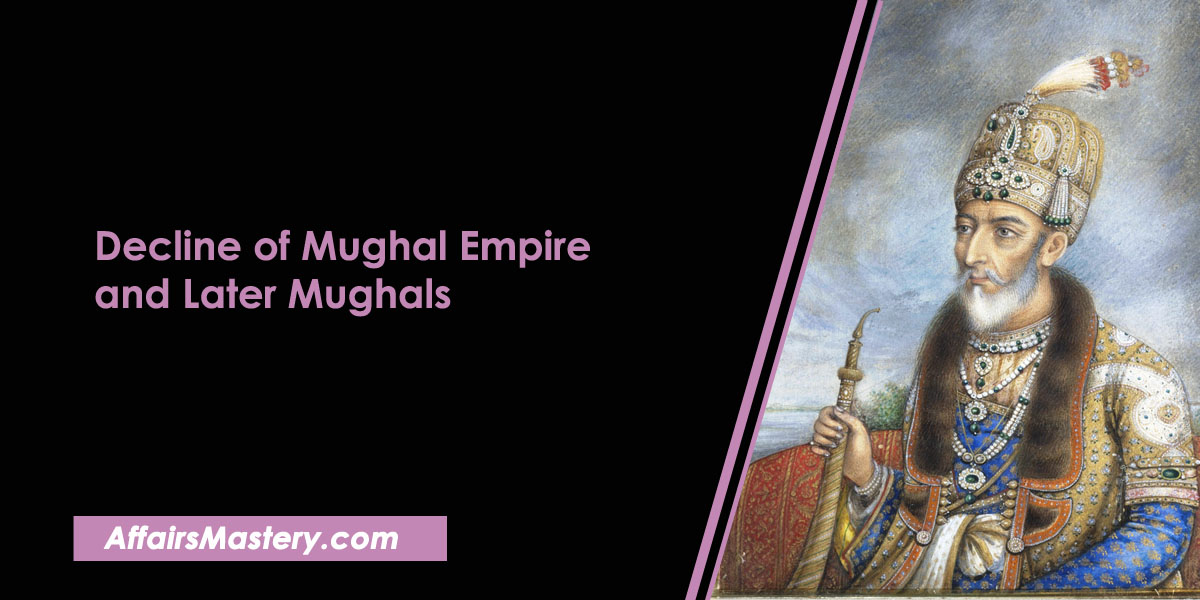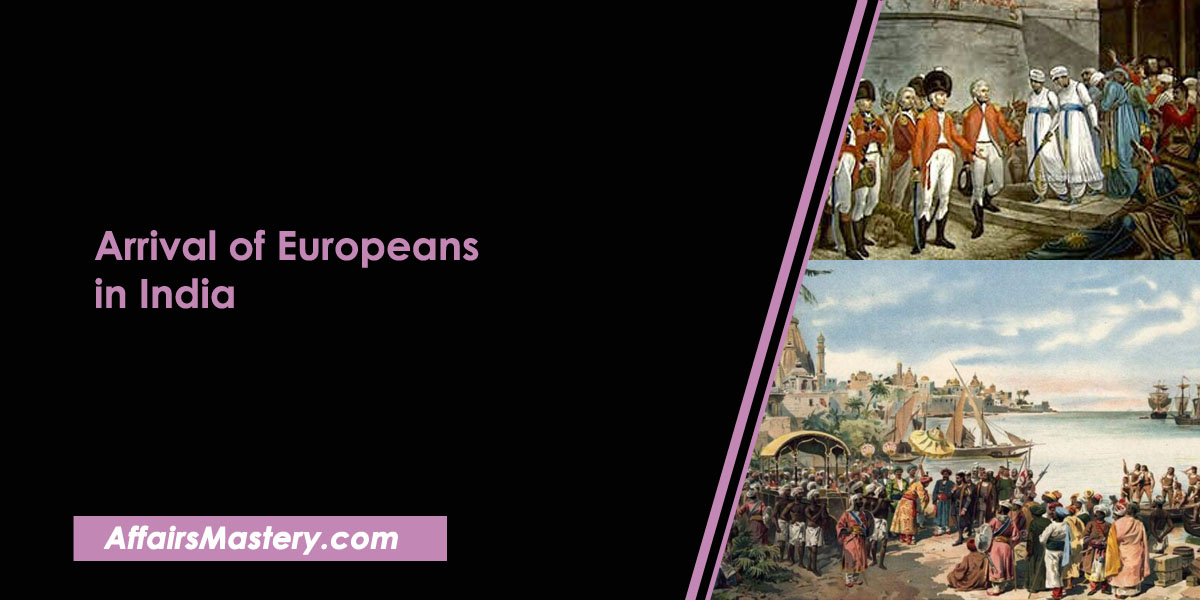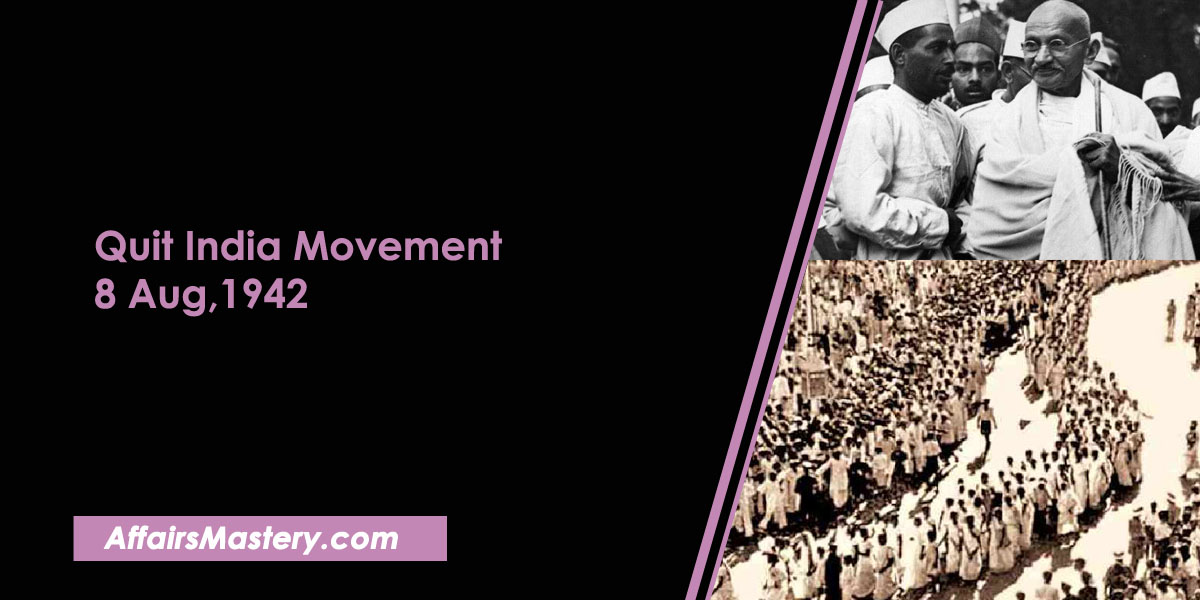Individual Satyagraha 1940 – About, Aim (Important Short Note)
Individual Satyagraha 1940. The Individual Satyagraha was the result of an August offer. Gandhi’s Individual Satyagraha was a non-violent protest movement that began in 1940 and sought to bring about social change through peaceful means. Important Short note for various exams.
From the perspective of an examination like Civil services, State exams, SSC, Banking, Railways and any other One Day exam, all the necessary facts and information are listed below.
About
- After the rejection of the August Offer, the Congress launched a symbolic protest movement, known as the Individual Satyagraha.
- The first Satyagrahi selected was Acharya Vinoba Bhave, who offered Individual Satyagraha on 17th October, 1940.
- Second Satyagrahi was J.L. Nehru and third was Brahma Datt.
- Gandhi launched the Individual Satyagraha as opposed to the demand of the Civil Disobedience Movement from a leftist section within the Congress.
- Unfortunately, despite the effort and enthusiasm displayed by its followers, the movement could not gain much strength or momentum
Aim
- It’s objective was not to launch a mass movement, but to convey to the masses, the British Raj and the world that it was not in support of the war efforts made on behalf of India without its consent against the propaganda of the Government.
- The other rationale behind this movement was because a mass public uprising had the potential to become quite hostile if not addressed properly, and Gandhi’s moral principle did not allow England to be embarrassed during the war efforts without giving it a chance to understand the Congress point of view.
- Non-violence was established as the foundation of Individual Satyagraha
If you find our content helpful and interesting, please consider joining us on Telegram @affairsmastery_official to show your support. We would really appreciate it!
Related articles
- Important Battles in Indian History 2023-24
- Important treaties in Indian history 2023-24
- List of Foreign Travellers who came to India
- List of Governor General of India and Viceroy of India
- Robert Clive – Important Short Notes for Exams 2023-24
- Warren Hastings – Important Short Notes for Exams 2023-24
- Lord William Bentinck – Important Short Notes for Exams 2023-24
- Lord Canning – Important Short Notes for Exams 2023-24
- Lord Mountbatten – Important Short Notes for Exams 2023-24
- C. Rajagopalachari – Important Short Notes for Exams 2023-24
- Lord Wavell – Important Short Notes for Exams 2023-24
- Lord Linlithgow – Important Short Notes for Exams 2023-24
- Lord Willingdon – Important Short Notes for Exams 2023-24
- Non Cooperation Movement (1919-1922)
- Important Personalities related to Social Movements of India
- List of Important Books on Revolt of 1857 and their Author
- Important Leaders of 1857 Revolt and their places
- Constituent Assembly of India and its Composition: Important Short Notes
- Important Tribal Movements in India
- Direct Action Day 1946: Important Short Notes for Exams
- Interim Government of India, 1946 and its members
- Important Socio Religious Reform Movements in India – Short Notes
- Khilafat Movement (1919-1924) – Important Short Notes for exams
- Lucknow Pact, 1916 – About, Features, Outcome (Important Short Notes)
- C R Formula or Rajaji Formula, 1944 – About, Main Points (Important Short Notes)
- Wavell Plan, 1945 – About, Main Points (Important Short Notes)









